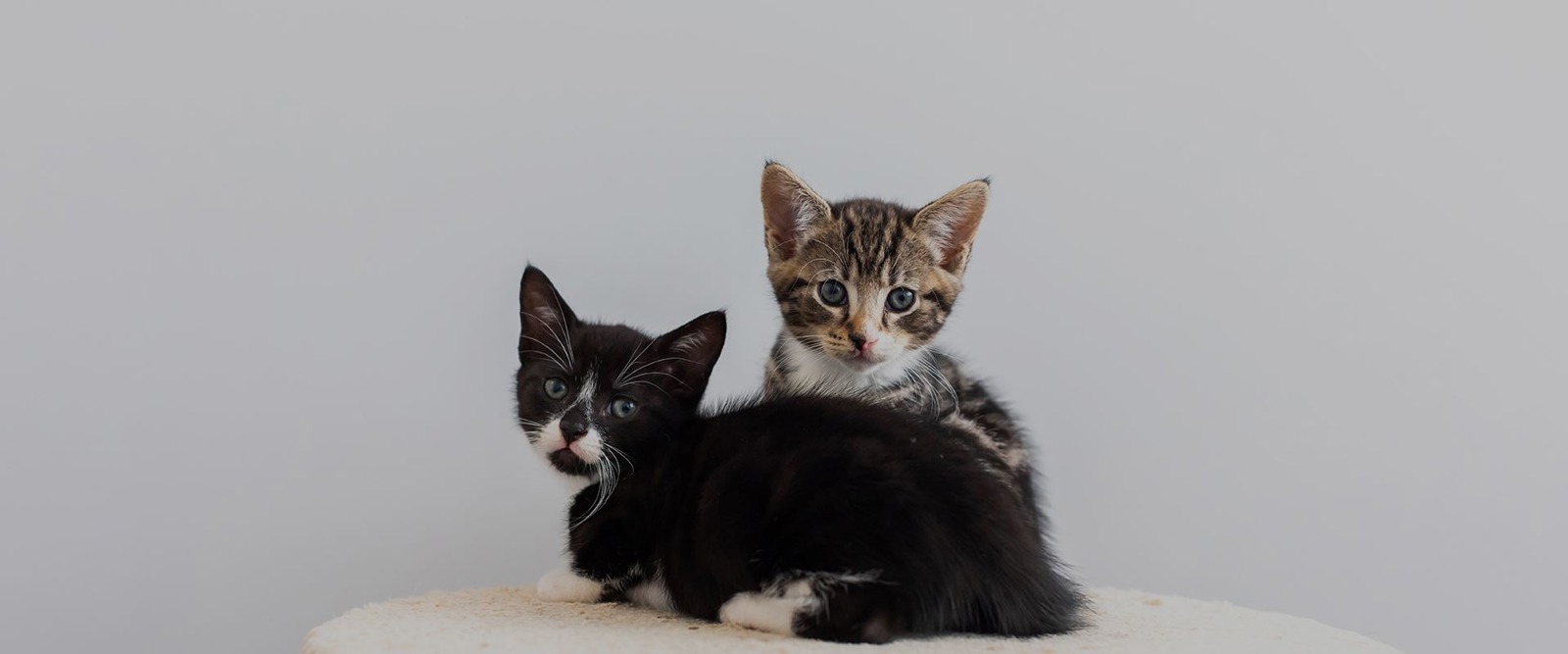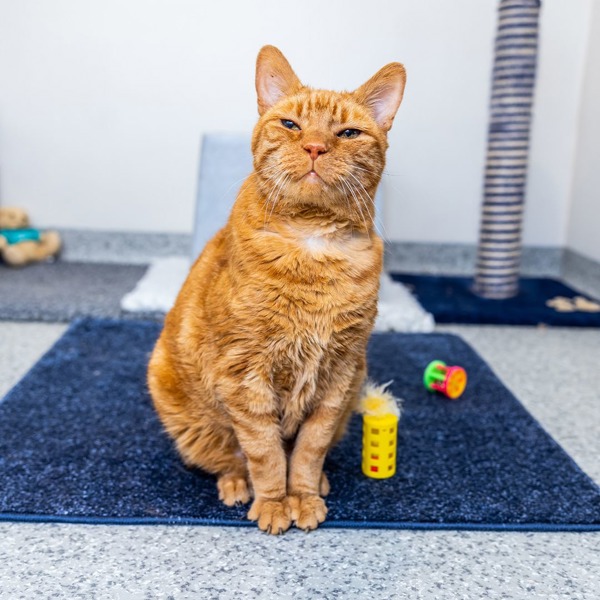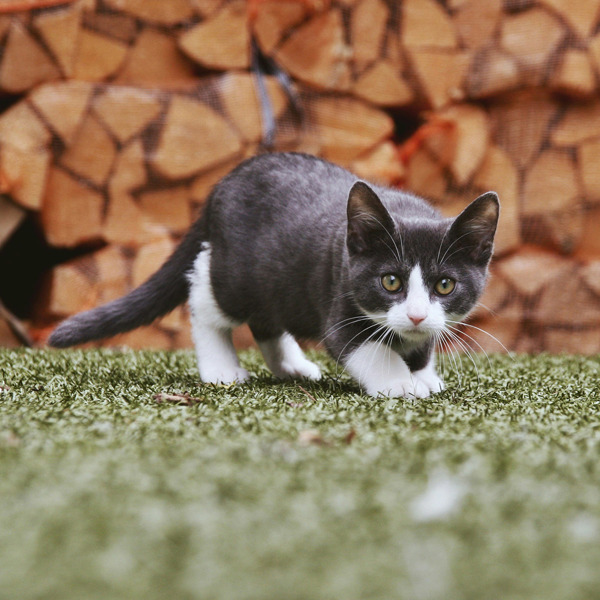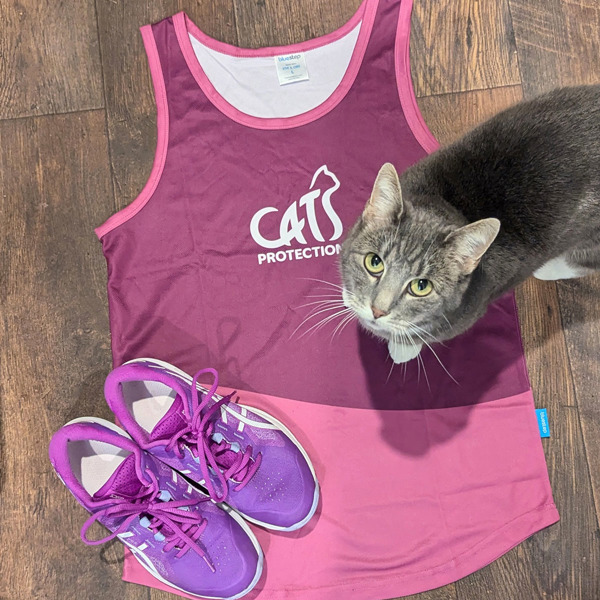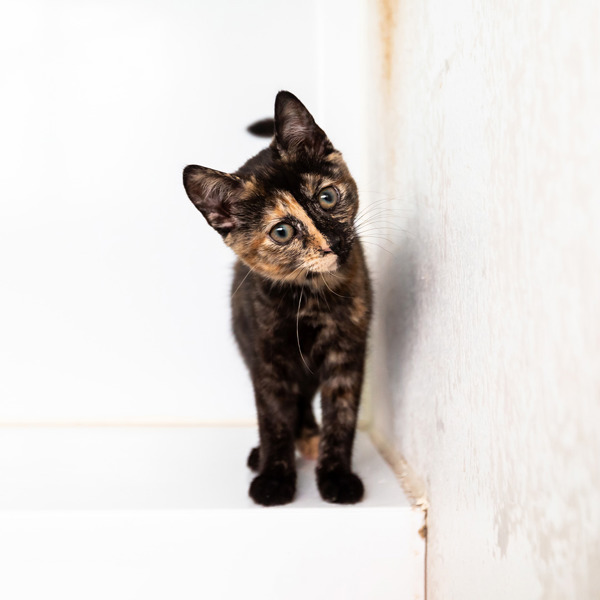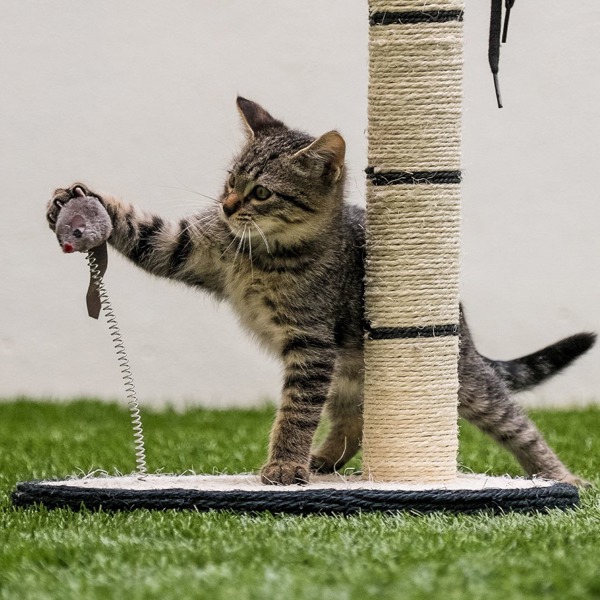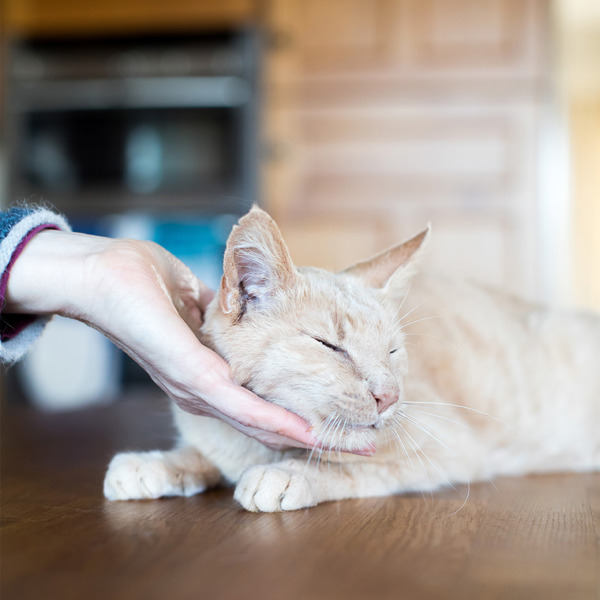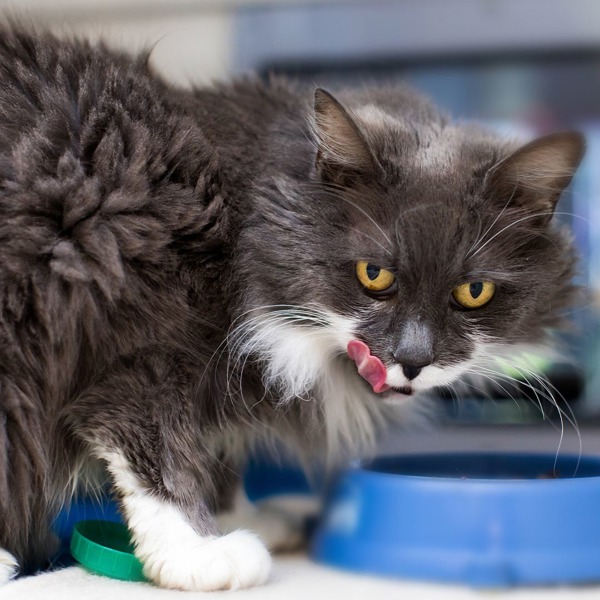Welcome to Cats Protection Bedford & Biggleswade Branch
We're here to support cats and kittens in Bedford & Biggleswade, covering postcodes: MK40, MK41, MK42, MK43, MK44, MK45, SG15, SG16, SG17, SG18 & SG19.
Run by a small team of dedicated, cat-loving volunteers, we're passionate about improving the lives of cats and kittens in North Bedfordshire, working to find loving new homes for local cats in our care, and lost and found cats, as well as general education and awareness within the North Bedfordshire area. You can find out more about the work of Cats Protection here.
Find out more about neutering vouchers in 2026 by clicking the button below.
Neutering vouchers 2026Important Update on Our TNR Service
We’re pausing our TNR (Trap, Neuter, Release) program temporarily due to a shortage of volunteers. With limited resources, we cannot currently run an active trapping team.
In the meantime:
-
Traps remain available to borrow, though we have only 12 and high demand may cause delays.
-
We continue to support feral cat neutering—please contact us for guidance or assistance.
Thank you for your understanding and ongoing support as we work to maintain this vital service.

